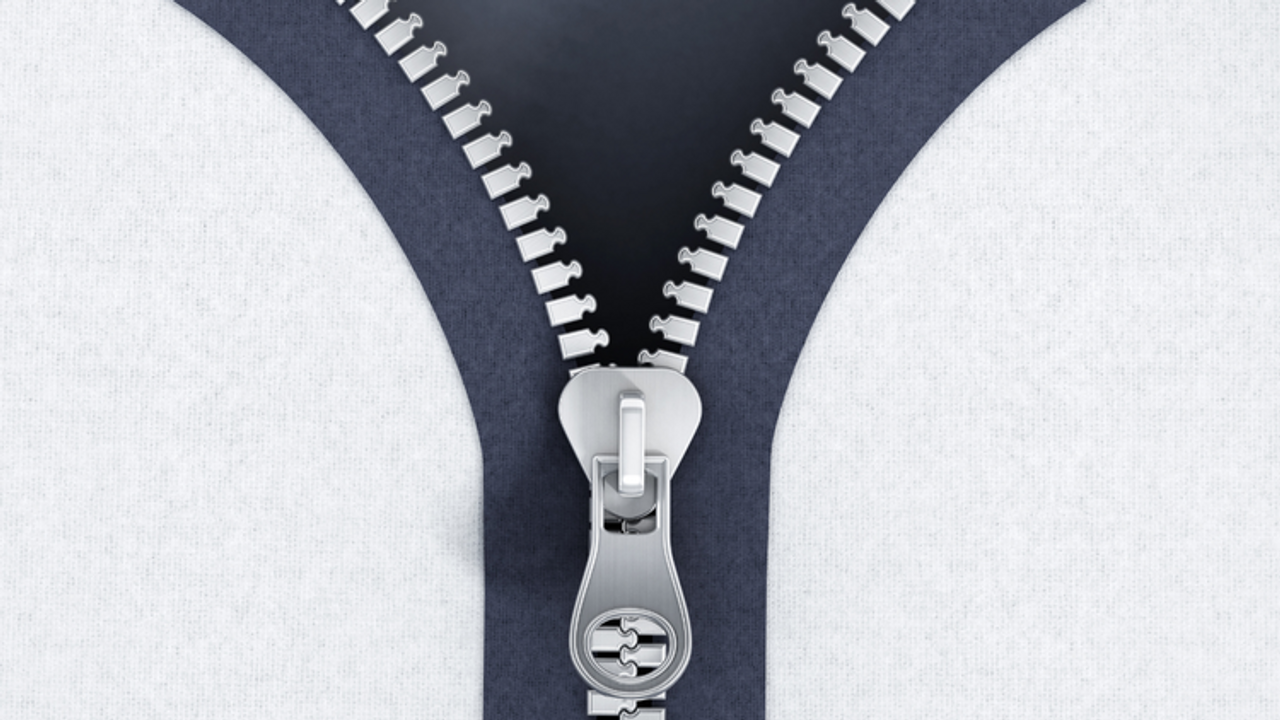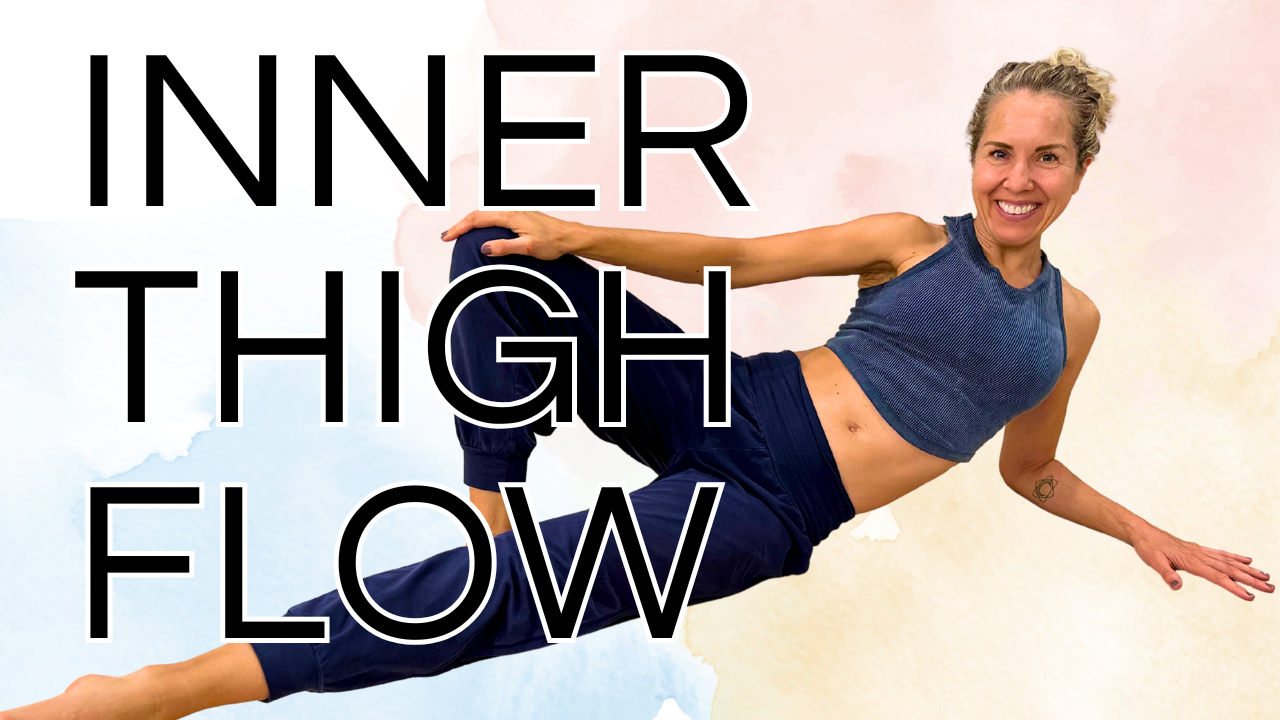How to Zip Up Your Core

If you're a member of my Lift program, then you know how to "zip up!" Although you should NOT actively zip up your core all day long, it's important to know how to zip up your core to protect your pelvic floor and your back when you're lifting, pushing, pulling, or doing focused core fitness exercises.
Zipping up gives you an extra boost of core support when you need it most.
Watch the quick video below, and keep reading for more details! You'll learn how to zip, when to zip, and how to be sure you're doing it right.
How to Zip Up:
"Zipping up" means engaging your core muscles as a team when you need extra support and control. Examples of times you need extra core support and control include when you're lifting, pushing, pulling, balancing on something, or doing ab exercises.
How to Zip Up:
- Start with your pelvic floor by doing a very gentle Kegel contraction. Gently squeeze and lift your pelvic floor muscles like you're picking up a blueberry with your vagina, or like you're stopping gas, or like you're stopping the flow of urine.
- Next, gently engage your deep abdominal muscles (the area above your pubic bone). Imagine you're pulling your front hip spikes together to feel your deep, low abs activate.
- Hold this pelvic floor and deep abdominal activation.
- Breathe, even as you're holding this "zipped up" feeling. Be sure you're not tucking your tailbone under!
"Zipping up" your core feels like latching a zipper down low and gently pulling in and up to keep your core strong and stable—it's like zipping up a pair of high-waisted jeans!
Zip, but Don't Grip
Zip up your core muscles gently. Do NOT clench or grip your belly, butt, or pelvic floor.
Lots of people overdo their zipping. They really "go for it" and end up overly activating their pelvic floor and/or glutes, which creates TOO MUCH TENSION in the pelvic floor muscles and can lead to hypertonicity and pain. Gripping also tucks the bum under (not good).
Another common mistake people make is overdoing their belly activation. They strongly suck in their tummies, which causes downward pressure on the pelvic floor.
>> Try Softer <<
If you feel gripping or clenching your core when "zipping up," I encourage you to try softer. Put in LESS EFFORT.
Zip but don't grip, and zip up with half the effort.
One of my colleagues, physical therapist Antony Lo, talks about "matching tension to the task." You'll want to zip up strongly if you're lifting a 50-pound box! But if you're doing gentle core exercises or just lifting a small item, then your zip doesn't need to be so intense.
Don't Thrust
Many people inadvertently thrust their ribcage forward when zipping. This is not okay. The front hip spikes (anterior superior iliac spines—ASIS—of the pelvis) and the lower ribs should be in line when standing, sitting, and "zipping."
This is called "neutral ribs over a neutral pelvis."
Keeping neutral ribs over a neutral pelvis allows you to engage your abdominals properly, which is the whole point of "zipping up your core." The abdominal muscles attach to both the rib cage and the pelvis, so properly aligning these bony structures is key to your abdominal muscles working appropriately and efficiently.
A great way to prevent rib thrusting when "zipping up" is to imagine that you’re buttoning the top button on a pair of high-waisted jeans after you zip up.
>> You're not done until you fasten the button! <<
This "buttoning" metaphor will remind you to drop your lower ribs if you notice that they're thrusting.
Check Your Alignment
Look at how you carry your pelvis and your ribs when you're standing, sitting, walking, and "zipping:"
-
Is your pelvis in neutral alignment, and does your lumbar spine retain its natural gentle curve? (If your tailbone is tucked under, release it back!)
-
Is your ribcage in neutral alignment, or is it thrusting forward? (If it's thrusting, fix it!)
Your alignment impacts how well your core muscles do their very important jobs: maintaining stability, balance, and control; keeping your abdominal contents pulled in; keeping your pelvic organs supported; and flexing, twisting, and bending your spine.
If you’re a rib thruster, these stretches will help you!
Don't Zip All Day
You don't need to zip up all day long. Zipping is essential for activities such as lifting, pushing, pulling, balancing, and resistance training or core exercises, but for the rest of your day, let your muscles relax!
Your ultimate goal is automaticity: getting to the point where you don't even think about zipping up your core; it happens automatically when your body needs extra stability and support. This takes practice.
Practice by intentionally ZIPPING UP YOUR CORE with PROPER ALIGNMENT the next time you're doing core exercises, lifting something heavy, pushing or pulling, or working to maintain your balance.
Over time, it will become automatic, and you will preemptively "zip" at the right time without even thinking about it!
For more info about zipping and how to work it into your pelvic floor-friendly lifestyle, check out my Lift Program.
Does your pelvic floor need help?
Many women think they just need live with the changes they’re experiencing
“down there,” but this is NOT the case. Take the short quiz to find out if you have issues that can be solved naturally.







